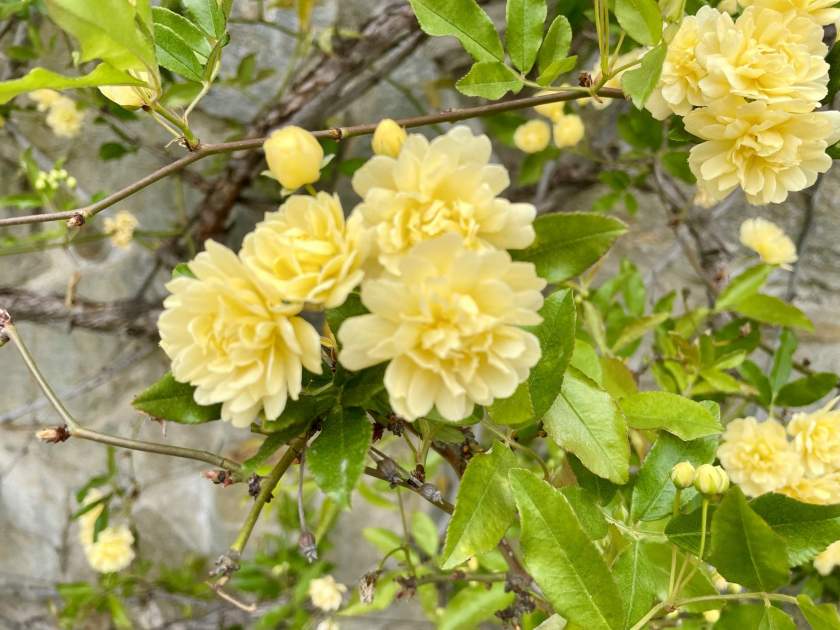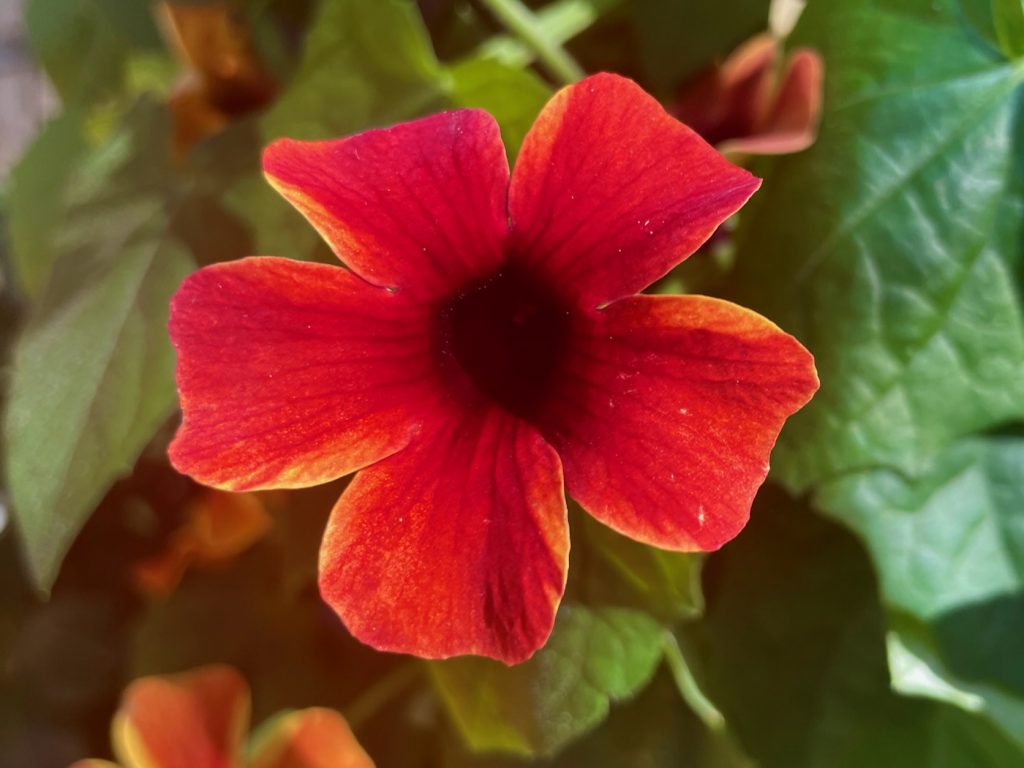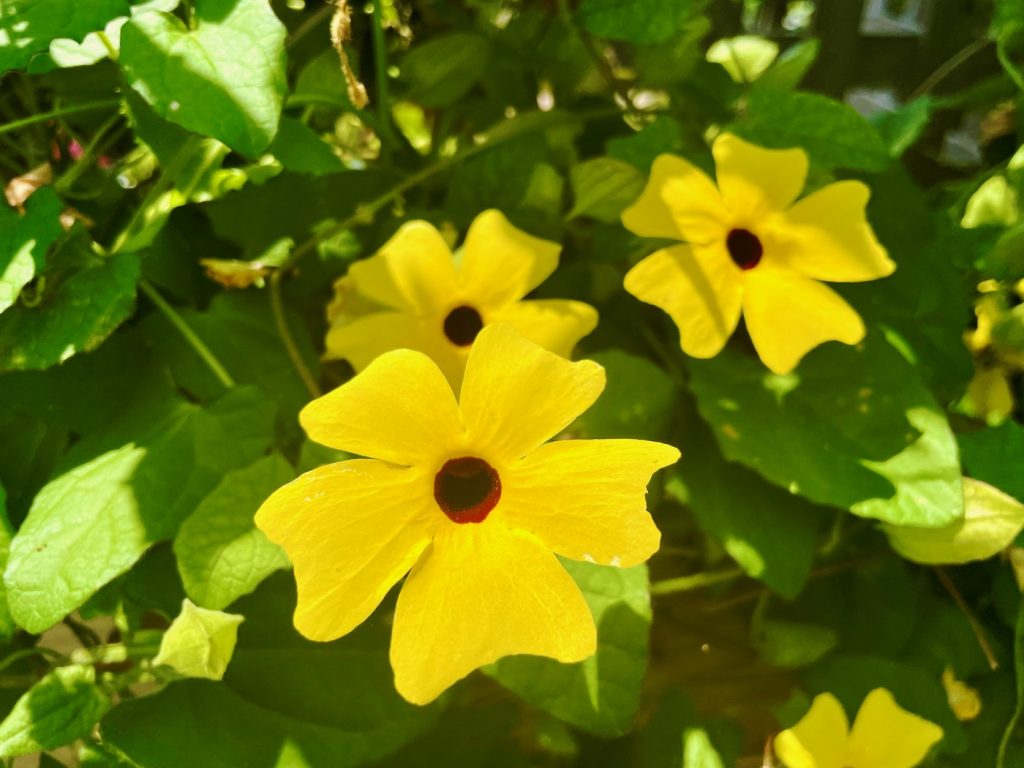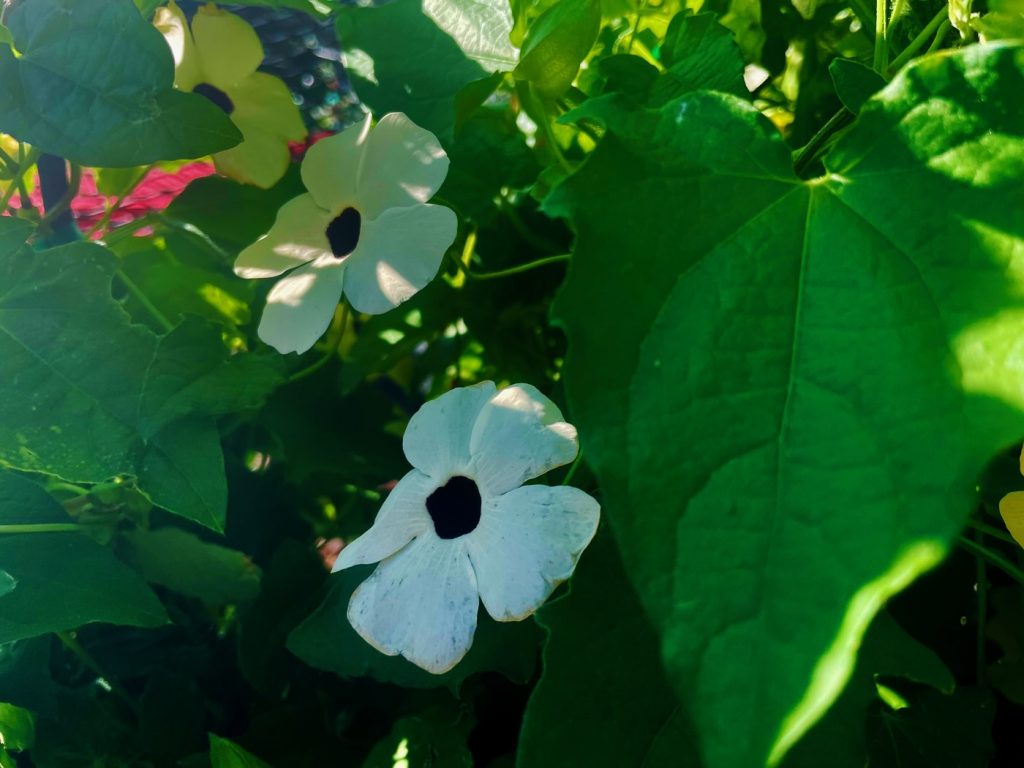Rosa banksiae, commonly known as Lady’s Bank Rose or Banksian Rose, is a species of climbing rose native to China. It is named after the wife of renowned English botanist Sir Joseph Banks, who introduced this rose to the Western world in the early 19th century. Lady’s Bank Rose is well-loved for its abundant clusters of small, fragrant flowers and vigorous climbing habit. It is a hardy and adaptable plant, making it a popular choice for gardeners seeking a beautiful and low-maintenance climbing rose.
Lady’s Bank Rose belongs to the family Rosaceae and the genus Rosa. There are two primary varieties: Rosa banksiae var. banksiae, which bears double white flowers, and Rosa banksiae var. lutea, which produces double yellow flowers. Both varieties share similar characteristics, with vigorous growth, thornless stems, and delicate, fragrant blossoms.
How to Grow and Take Care of Rosa banksiae:
When it comes to growing and caring for Lady’s Bank Rose, following a few essential steps will help you ensure the health and beauty of your plant. Select a suitable location that receives ample sunlight, ideally around six hours of direct sunlight per day. This rose variety can also tolerate light shade. Next, prepare the soil by ensuring it is well-draining, fertile, and slightly acidic with a pH level between 6.0 and 6.5. To improve the soil quality, incorporate organic matter such as compost or well-rotted manure.
Once you’ve chosen the ideal planting spot and prepared the soil, it’s time to dig a hole that is wide and deep enough to accommodate the root ball of the rose bush. During planting, make sure the rose is positioned at the same level it was growing in the nursery, ensuring that the bud union, the swollen area where the rose is grafted onto the rootstock, is at or slightly above ground level. After placing the rose in the hole, gently backfill it with soil, taking care to firm it around the roots. Finally, water the newly planted rose thoroughly to settle the soil and provide initial hydration.
Proper watering is crucial for the health of Lady’s Bank Rose. Regular watering is necessary, particularly during dry periods, to keep the soil consistently moist but not waterlogged. It’s best to water deeply at the base of the plant, encouraging deep root growth rather than shallow surface roots. Applying a layer of organic mulch around the base of the rose can help retain moisture, suppress weed growth, and regulate soil temperature.
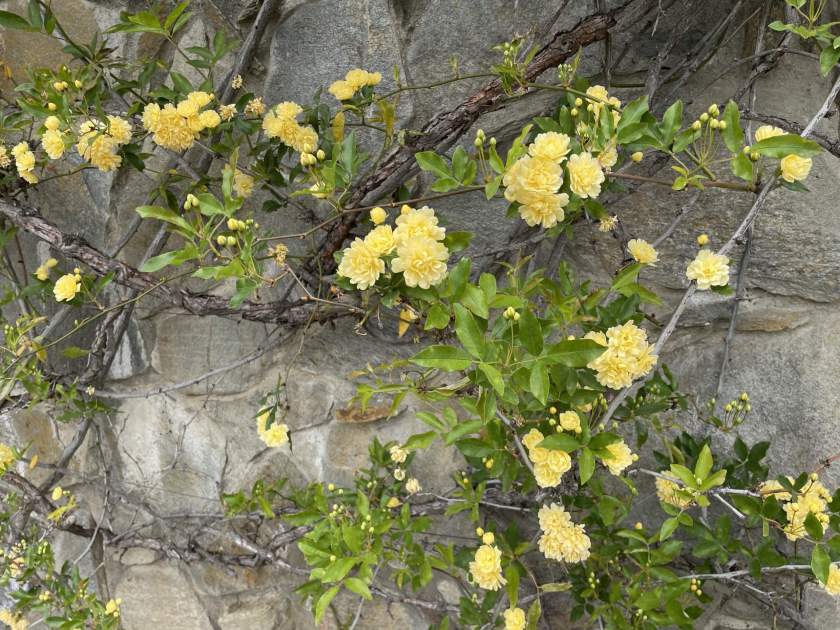
Pruning:
Pruning requirements for Lady’s Bank Rose are generally minimal. This rose variety blooms on old wood, so it’s important to avoid extensive pruning that could remove potential flowering canes. Light pruning can be performed after the blooming period to remove any dead, damaged, or overcrowded branches. As the rose grows, you can shape and train it by gently tying flexible canes to supports or trellises, guiding them in the desired direction.
Fertilizing Lady’s Bank Rose is important for optimal growth and abundant blooms. In early spring, apply a balanced organic rose fertilizer according to the manufacturer’s instructions to promote healthy growth. Additionally, a second round of fertilization with a balanced rose fertilizer can be applied after the first wave of bloom.
While Lady’s Bank Rose is generally resistant to common rose pests, occasional infestations by aphids, spider mites, or thrips may occur. Regular monitoring of the plant allows for early detection, and if needed, appropriate organic pest control methods can be employed. Though this rose species is generally disease-resistant, it can sometimes be affected by fungal diseases like powdery mildew or blackspot. To minimize the risk, ensure good air circulation around the plant, avoid overhead watering, and use suitable fungicides if necessary.
By following these guidelines and providing the necessary care, you can enjoy the cascading clusters of fragrant blossoms that make Lady’s Bank Rose such a delightful addition to any garden.

